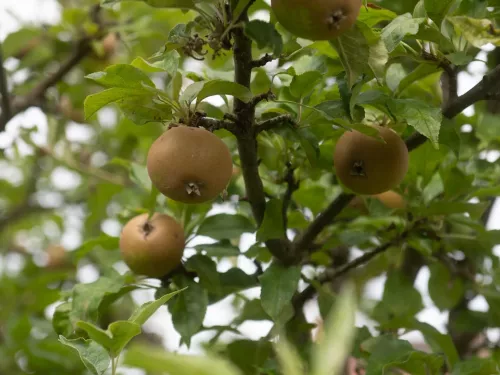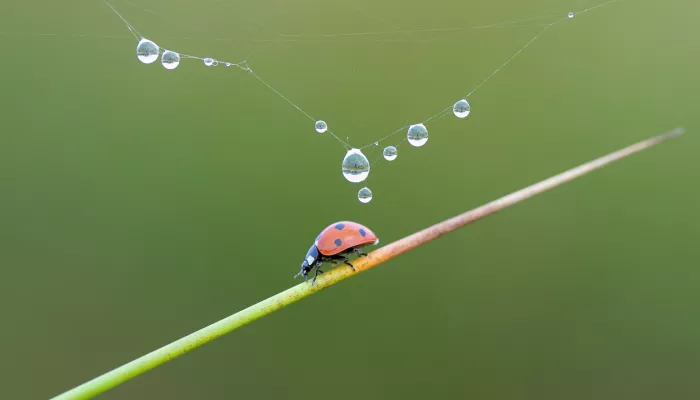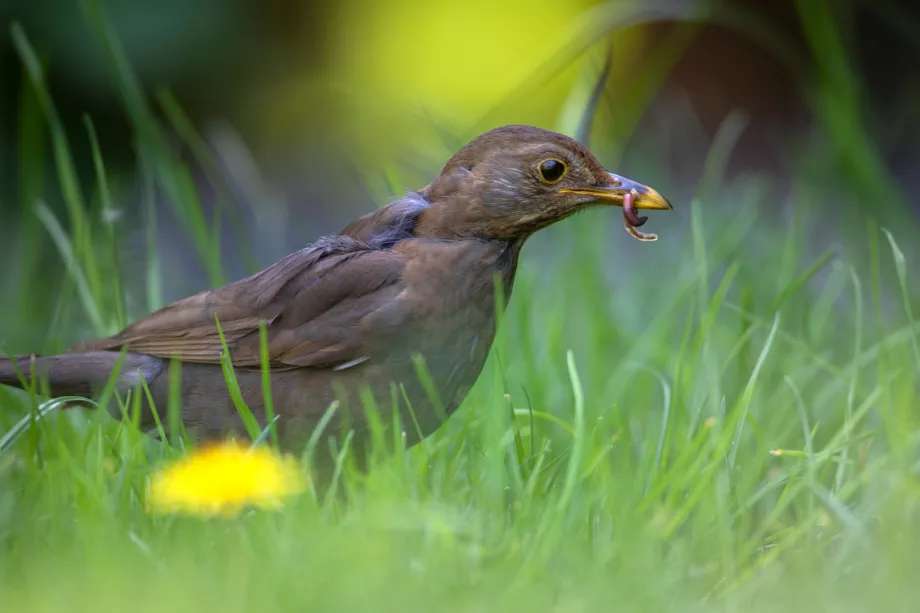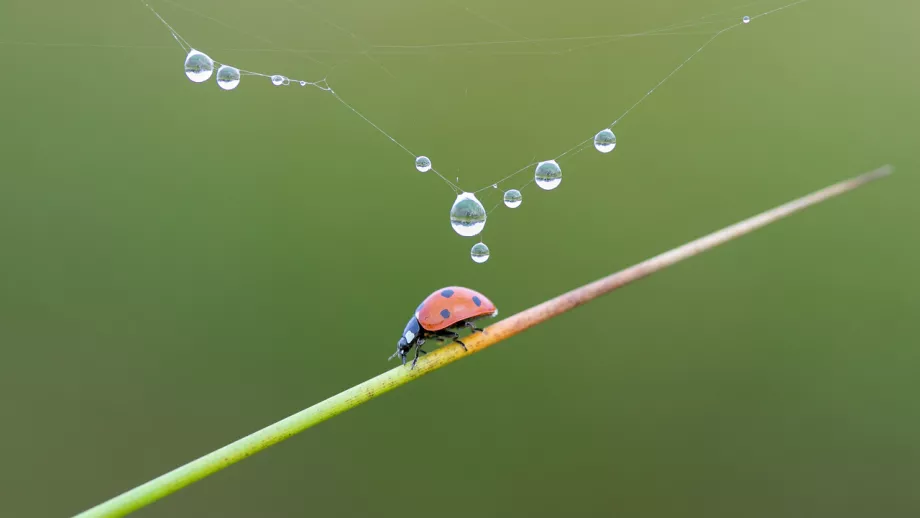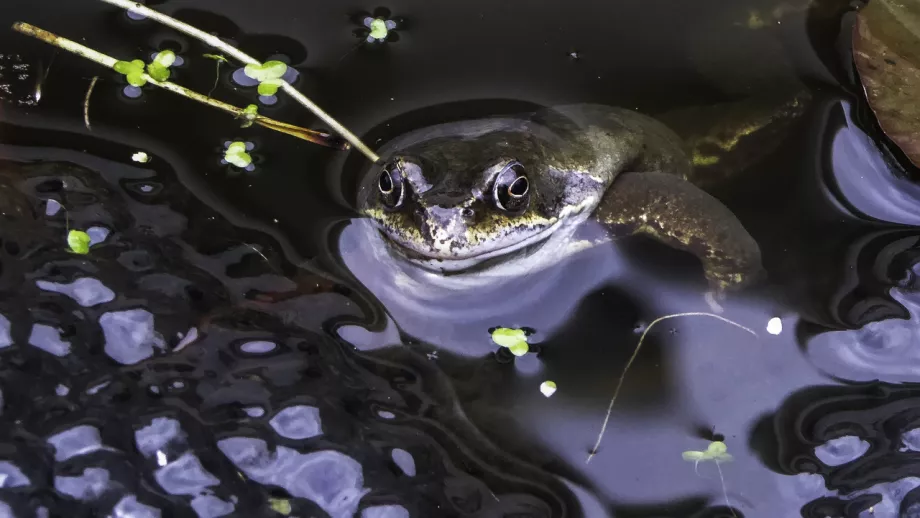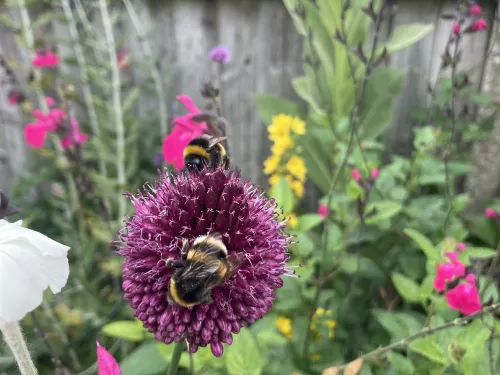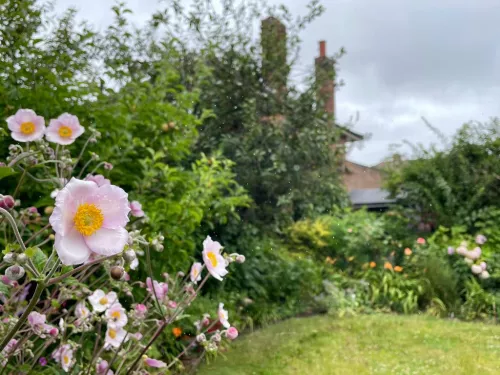Amphibians
We tend to think of amphibians like frogs, toads, and newts as pond creatures. Water is essential for their lifecycle, but as adults they spend a lot of their time on land. Patches of long grass provide them with both shelter and a hunting ground. The tall grass hides them from predators, as well as trapping moisture that helps prevent amphibians from drying out in warm weather. It’s a home with a well-stocked larder, as these conditions are also perfect for the worms, slugs, spiders, and insects they like to eat.
These are just a few of the predators that could be prowling your lawn. The wilder your lawn, the more life it’s likely to support. Try letting some patches grow longer, and allowing wildflowers to flourish even on the shorter sections.
For more tips and advice on bringing your lawn to life make sure to visit one of our open garden events this Spring/Summer.
